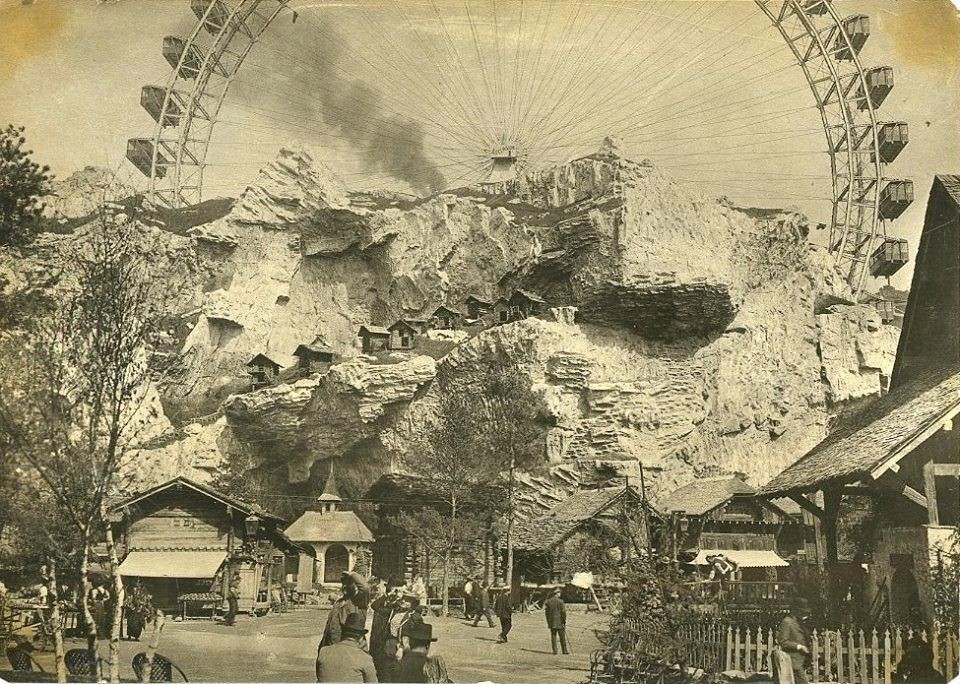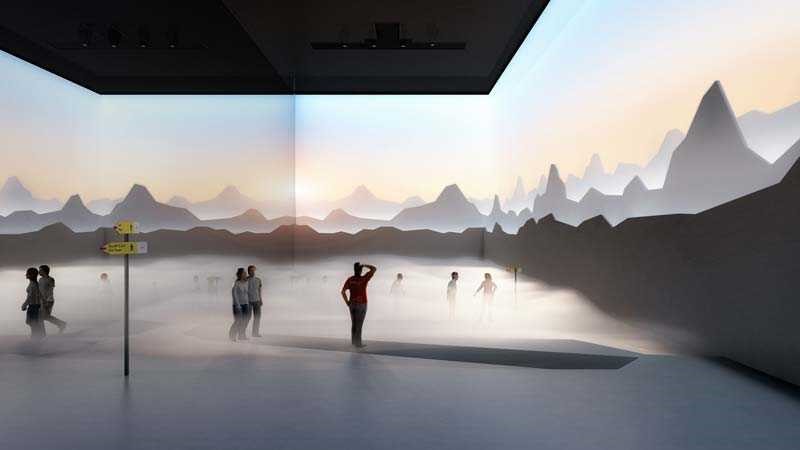Brienz and the woodcarving tradition
The tradition of woodcarving in the Bernese Oberland began with Christian Fischer (1790–1848) from Brienz. During the famine of 1816, he began to decorate everyday objects such as egg cups, tumblers, and boxes to sell to tourists as souvenirs. He was so successful that he decided to open a workshop and teach the craft to local people.
Brienz shops were soon full of William Tell figurines, shepherds, bears and models of Swiss chalets. The international reputation of the Brienz sculptors grew as tourists took the carvings home. The artists became increasingly skilled, with some of them then moving away from the tourist industry to produce more sophisticated pieces. At the Great Exhibition in London in 1851, the Brienz artists won several medals for their talents, and they enjoyed another major success at the Paris Exposition in 1867.
The region's fame continued to grow, and the Swiss government provided support to encourage the art of woodcarving. The Brienz School of Woodcarving, founded in 1884, still trains woodcarvers today, keeping the traditional Brienz know-how alive.

Image 1 : Two figures carved by Christian Fischer: William Tell and a cowherd (ca. 1830)

Image 2 : Woodcarving mastery grew in Brienz during the 19th century, as shown by this jewellery box by Andreas Baumann, made around 1890.
The Brienz school, the Federal Palace and Room 7
The architect Hans Auer naturally turned to woodcarvers from the Bernese Oberland to decorate the Parliament Building, which was intended as an emblem of the artistic and industrial skills of the Swiss people. The National Council chamber, for example, features works by Ferdinand Huttenlocher, a teacher at the Brienz school. The best example of Brienz craftsmanship is undoubtedly Room 7, which was decorated entirely by members of the Brienz School of Woodcarving.
As in the rest of the building, this room is full of symbolism: each corner of the room is dedicated to a field of endeavour that has inspired national pride for the Swiss people. Visitors discover a homage to the fine arts, traditional crafts, engineering and science – or, in Latin, 'ars', 'pulchra industria', 'industria' and 'scientia'.
Image 3 : The activities celebrated by the room are written out in Latin on the ceiling (Click on the images to enlarge them)
The fine arts are symbolised by a painter's palette, a sculptor's hammer and chisel, and an architect's compass and pencil.
A wall medallion depicts traditional crafts in the form of pottery, weaving and, of course, woodcarving from the Brienz School.
Gears, pliers, drills and saws adorn the corner reserved for industry, alongside keys to represent the locksmith's trade.
Geology and astronomy are symbolised by a telescope, thermometer and barometer, philosophy by books, and medicine by the serpent-entwined Rod of Asclepius.
The tiny plants and animals that the artisans used to decorate the walls breathe life into the composition, and put parliamentarians under the watchful eyes of birds, squirrels, lizards and insects.

International success
Today, Room 7 is a highlight of the Parliament Building in Bern, but it was first unveiled in Paris at the 1900 World Fair.
Switzerland built a mountain village for this event in the centre of the French capital – complete with chalets, pastures and even a lake. More than 300 extras in traditional dress brought the hamlet to life, and numerous representatives of the Brienz Woodcarving School demonstrated their skills. The Brienz School won a gold medal for "fixed ornamentation of public edifices and dwelling houses" with the reliefs that now adorn Room 7.
The Swiss pavilion at this year's Dubai Expo 2021 takes visitors through an exciting landscape showcasing Swiss scientific and technological skill. Visitors are once again invited on a journey to Switzerland – this time in a room covered with giant screens rather than carved panels.

Image 6 : View of the Swiss Village at the 1900 World Fair. Sparing no efforrt, Switzerland had built and installed rock walls made of actual rock from the Swiss Alps.

Image 7 : In Dubai in 2021, visitors make a virtual ascent to the Swiss summits.